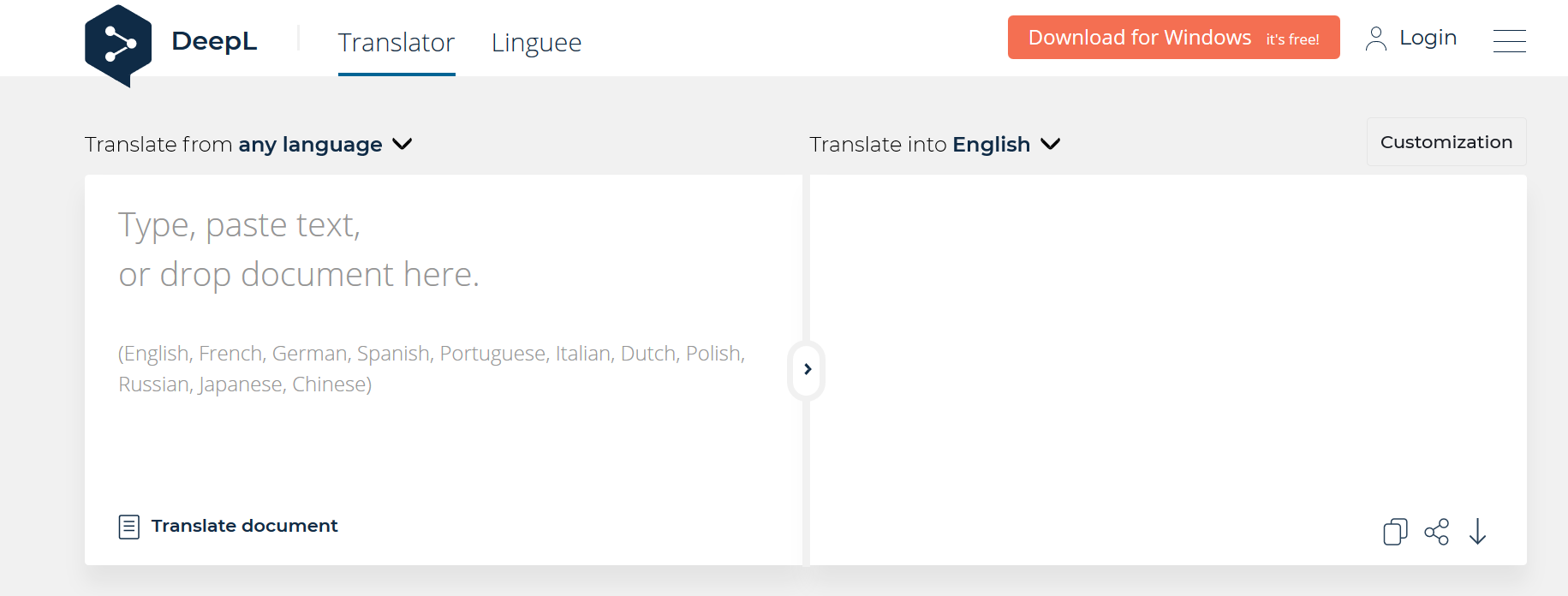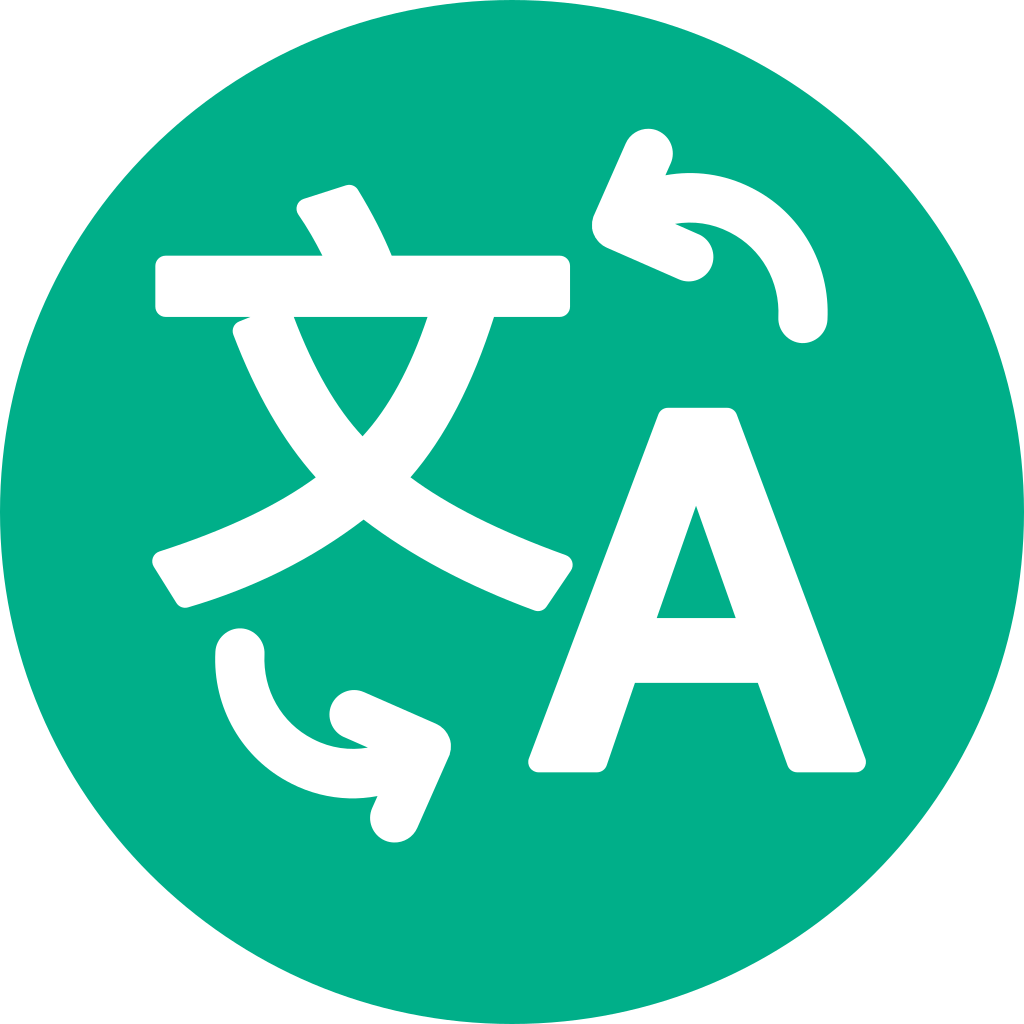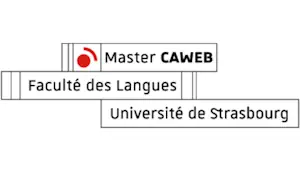DeepL versus Google Translate: A Modern-day David and Goliath Story
Within only six months, DeepL has become an indispensable tool for aspiring translators. And it is now teaching machine translation giants, such as Google Translate, a few lessons.
It must be said that there are few online machine translation tools that are both free and powerful at the same time. So, as soon as a potential player enters the online translation market, sceptical observers are quick to scrutinize its performance. In this article we will have a closer look at DeepL, a machine translation company located in Cologne, Germany. This company is managed by a team of no more than twenty employees.

DeepL’s interface
The online translation community
DeepL is a free translation tool made available by the German company DeepL GmbH. This company is also at the helm of the well-known multilingual dictionary and translation database, Linguee. This later is therefore the real strength behind DeepL, but to a certain extent. Indeed, thanks to millions of translations available in Linguee’s database, DeepL’s artificial intelligence has tons of data to learn from. This technique is called “deep learning”, which is behind the naming of DeepL.
You might be forgiven for believing that Google’s AI is more adept at learning. And especially when you consider that the keyword “Google translate” is searched for 45 500 000 times a month. However, even though DeepL and Google Translate both run on neural networks, DeepL’s AI quite often trumps Google’s.
How does DeepL manage to do more with the same technology? The answer is simple. The performance of any neural network depends on the quality of its training material, not just its quantity. DeepL’s neural networks train on billions of high-quality translation segments from Linguee’s search engine. Its main contributors are reliable sources such as the European Parliament, Unesco patents, and literary works.
15 times fewer languages but 3 times more efficient than Google translate
Google Translate is a leader in machine translation. While DeepL only translates into 7 languages, Google Translate can translate into 103. In August, DeepL’s technical director Jaroslaw Kutylowski stated his willingness to go further in a few months’ time. However, months later, nothing has changed.
DeepL’s supercomputer
To live up to its ambitions, the company, largely financed by advertising, has built one of the world’s most powerful supercomputers in Iceland. Why Iceland? Because the country relies heavily on renewable energies, which would allow DeepL to manage its neural networks in a sustainable manner.
Moreover, the supercomputer is in fact the 23rd most powerful supercomputer in the world, capable of performing more than 5 100 000 000 000 000 floating point operations per second. Basically, it can translate 1 million words in less than a second.
Therefore, with the breath-taking power of its supercomputer combined with the quality and quantity of its AI learning materials, DeepL is the most efficient machine translation service in the market.

The most significant thing the European newcomer proves is that its translation service can obtain results 3 times higher than those of Google Translate during the BLEU test. BLEU stands for Bilingual Evaluation Understudy.
It is a standard quality evaluation test in the field of machine translation. This test compares texts translated by computer with those of human translators. During a blind test conducted by the company, DeepL translations were preferred much more often by real translators than those done by its competitors.
These results are good for the brand, yet one wonders how long the company will remain independent. Google’s desire to acquire strategic technologies, especially ones relating to AI, is well-known. With an average of 14 buybacks per year over the last 10 years, DeepL is likely to be in the firing line, and Google can be very persuasive.
For more on machine translation and AI, have a look at Artificial Intelligence: A Revolution in Machine Translation and Word Vectors: The Foundation of Natural Language Processing (NLP).
Source: https://www.deepl.com/press.html
Translated by Willem Beckmann (with the help of DeepL), CAWEB Master’s.





